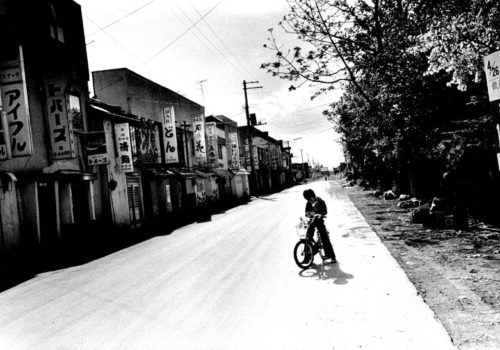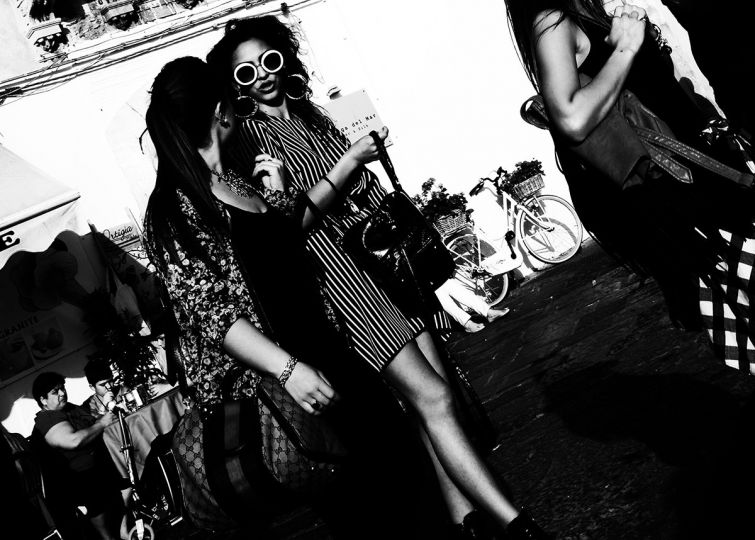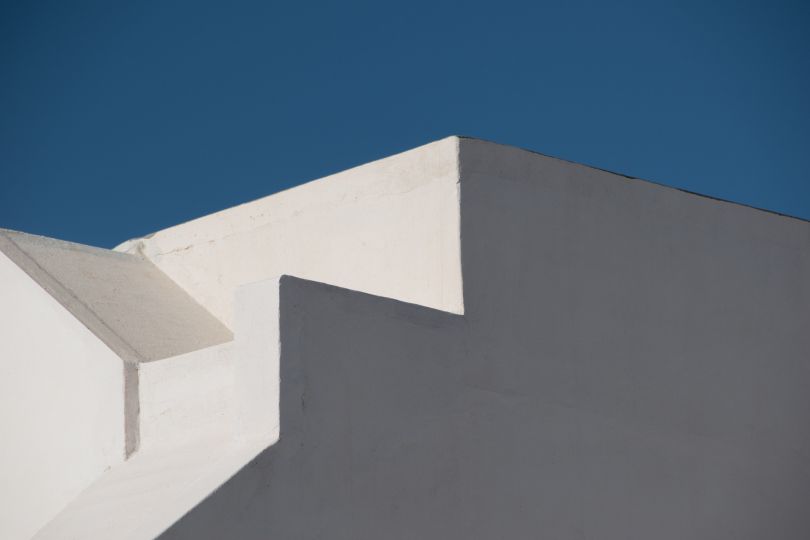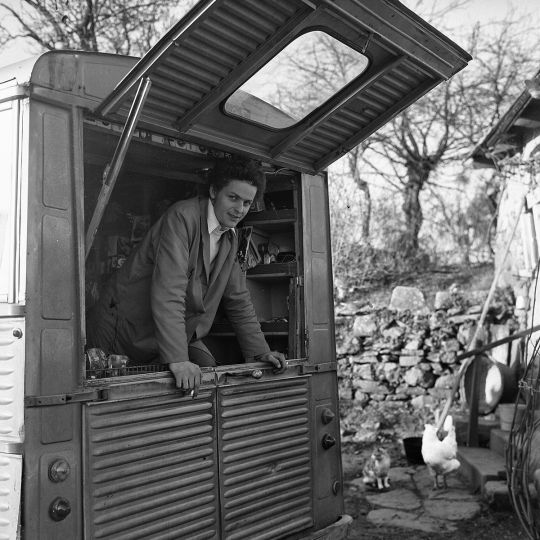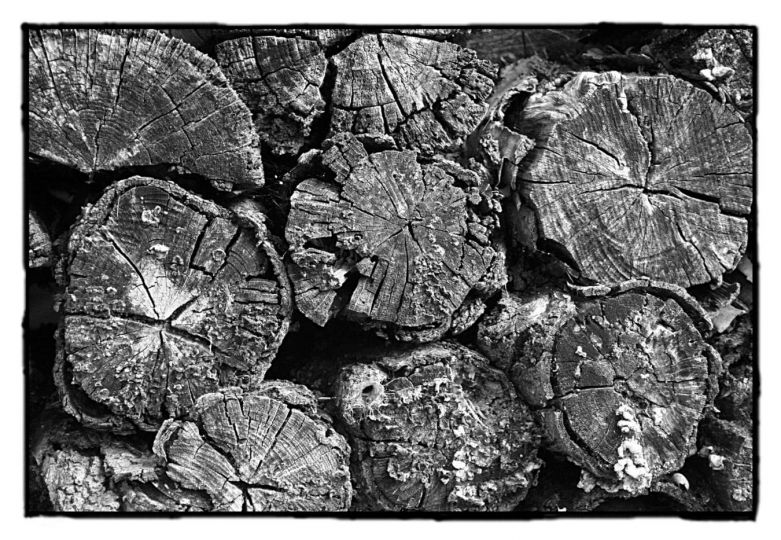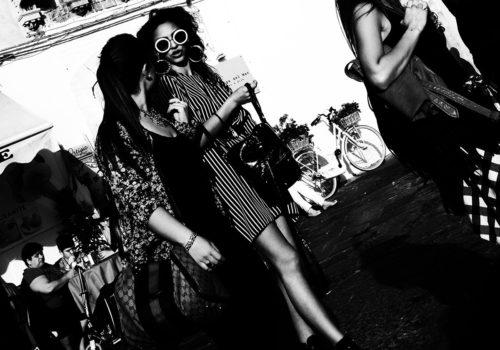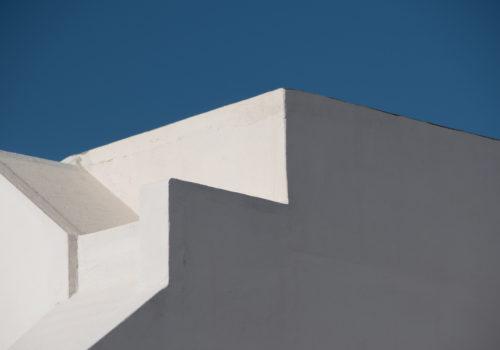Polka Galerie is pleased to announce a cycle of three exhibitions (September 2012-January 2013) dedicated to Daido Moriyama’s œuvres (born in Japan in 1938). Our ambition is to apprehend multiple aspects of the artist’s work: his practice of street photography and wanderings, installations and diverse techniques
Part 1 / Hokkaido-Northern
September 13th to November 6th, 2012
“Hokkaido-Northern” is the largest project ever undertaken by Daido Moriyama. In the aftermath of World War II, Japan was a wounded nation. The havoc wreaked by the war still prohibited any kind of travel across the country. While reading school books and magazines, young Moriyama came across the names of the cities of Hokkaido, the archipelago’s large Northern island. These names echoed in his mind as exotic a destination as New York, Paris or Rome could be.
Daido Moriyama began travelling to Hokkaido at the beginning of the sixties. He started taking photographs of the region quite compulsively, particularly throughout the year 1978. He then returned to the island on several occasions. From his latest trips (2008-2010) he brought back colour photographs.
“Hokkaido-Northern” shows a much more tempered street photography than Daido Moriyama’s original and avantgardest projects such as the existentialist “Japan: A Photo Theater” (1968), the hysterical “Farewell Photography” (1972) and the frenetic “A Hunter” (1972). His usual dynamic framings contrast with an almost melancholic contemplation of everyday life in this still rural society. Daido Moriyama’s work is based on a true conception of travelling and straying, which he describes in the first part of his autobiography “Memories of a Dog” (1984) as taking photographs to retrace his own steps, confronting his muddled memories, gathering additional ones and brooding on like a drifter always taking the same paths.
For the “Hokkaido-Northern” exhibition, Polka Galerie is pleased to present over fifty prints, combining traditionnal sizes and an large mural installation that reminds us that Daido Moriyama has experimented with different exhibition displays as early as in the seventies.
Part 2 / Paris
November 10th-22nd, 2012
Form 1988 to 1990, Daido Moriyama lived in Paris first on rue Mouffetard, then on rue du Cherche-midi. In 1999, photographs from his stay were published, almost confidentially, in the “Visions of Japan” collection curated by Japanese editor Korinsha. Polka Galerie is proud to present a selection of thirty prints from this series never exhibited before.
Daido Moriyama harps on Modern occidental artists like Robert Doisneau’s famous photograph in front of the “Hôtel de ville” and Claude Monet’s “Gare Saint-Lazare”. But above all, it is Eugene Atget and his “Photographe de Paris”’s influence that looms over his work. On Moriyama’s images, one can find either narrow streets photographed day and night and cramped with often-empty shops, or beggars lost in the city’s architecture. «Paris» also shows Daido Moriyama’s almost obsessive love of graphic games and shop windows.
By the end of the seventies, Daido Moriyama had exchanged several conversations with Takuma Nakahira, co-founder of the “Provoke” magazine and author of a visionary essay on Eugene Atget’s work “Looking at the city, or the Look from the City” (1973).
Part 3 / Silkscreens
November 10th, 2012 to January 12th, 2013
In 1967, Andy Warhol’s silkscreens were exhibited for the first time in Japan. 29-year-old Daido Moriyama showed an immediate interest for this crafty technique, which he saw as an obvious extension of photography.
Daido Moriyama’s first silkscreen dates back to 1969. It was made for the cover of the photo magazine “Asahi Camera”. In 1974, he organized his first exhibition of silkscreens called “Harley Davidson”, showing six large-scale pieces in Tokyo. The same year, Daido Moriyama also convened his first “printing show” where contenders were invited to compose their own version of the book “Another Country in New-York”, printed on a Canon U-Bix printer. They then chose between two covers silk-screened on the spot by the photographer. In 1975, for the “Ouka” (Cherry flower) exhibition Daido Moriyama printed a paper silkscreen image of this flower.
Yet, it is only in 2007 that Daido Moriyama decided to use once again the silkscreen technique on canvas to produce exclusive editions of large masterpieces. Twenty of these silkscreens are exhibited for the first timeat Polka Galerie.
CYCLE DAIDO MORIYAMA
September 13th to November 6th, 2012
Polka Galerie
12 rue Saint-Gilles
75003 Paris
France

